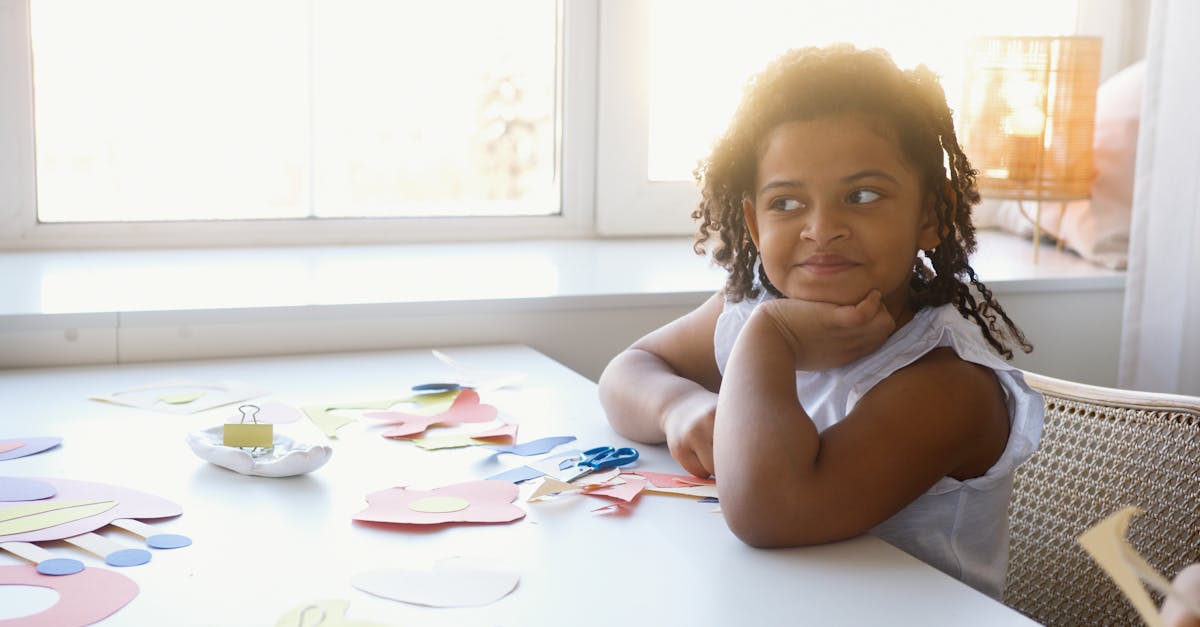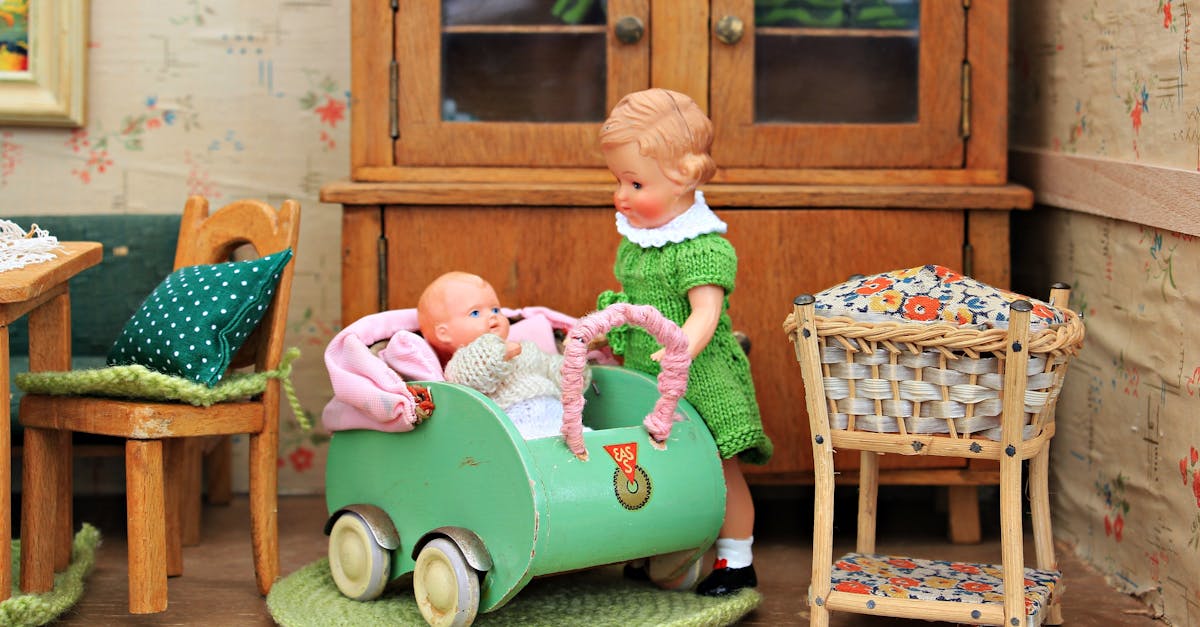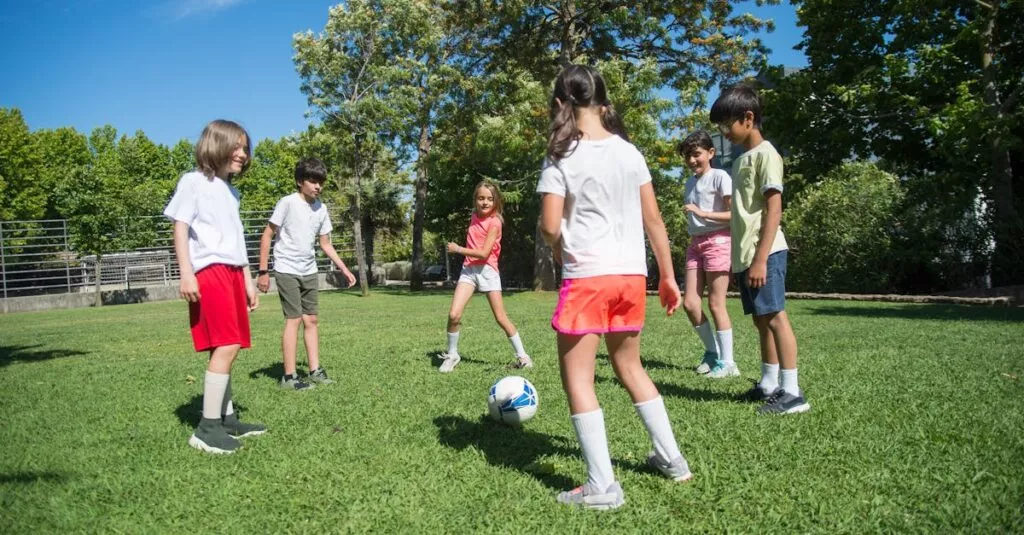Why Non-Gendered Toys?
Ever scratched your head, aisle to aisle, seeking that perfect toddler toy without the blue-for-boys, pink-for-girls cliche? You’re not alone. Embracing non-gendered toys opens a world of creativity and skill development, regardless of gender. It’s about breaking molds and fostering growth in every domain—be it cognitive, social, or motor skills. Here’s why steering away from traditionally gendered toys can benefit toddlers.

1. Avoids stereotyping and promotes inclusivity
2. Encourages diverse interests and play styles
3. Enhances creativity and imagination
4. Develops a wider range of skills without limitations
5. Fosters collaboration and communication among children
Spotting the Perfect Toy
Finding that toy that says, ‘I’m for everyone’ can be like finding a needle in a haystack. Or is it? Look for toys that encourage problem-solving, imagination, and physical activity. Blocks, puzzles, and art supplies don’t come with a gender tag and they’re fantastic for brain development. Remember, the best toy might not be a toy but a household item waiting to be explored.

Navigating Emotional Challenges
Opting for non-gendered toys might not always get a round of applause from everyone in your circle—and that’s okay. It’s common to face questions or even opposition. The key is to stay true to your goals for your child’s development. Sharing your reasoning calmly and confidently can turn naysayers into supporters, or at least, respectful observers.

Encouraging Interactivity
Toys that prompt interaction are like gold dust. They encourage toddlers to engage, share, and develop empathy—one of the most valuable life skills. Think beyond toys that are played with in solitude. Aim for games that involve turn-taking, collaboration, or even just being silly together. Because at the end of the day, it’s those shared laughs that count.

Let’s Talk About Age Appropriateness
Age appropriateness can be a sliding scale, often dependent on the individual child’s interests and development level. However, sticking to age guidelines on packaging is a good starting point. The aim is to challenge them just enough without overwhelming them. A toy that grows with the child? Now, that’s a win in any parent’s book.

